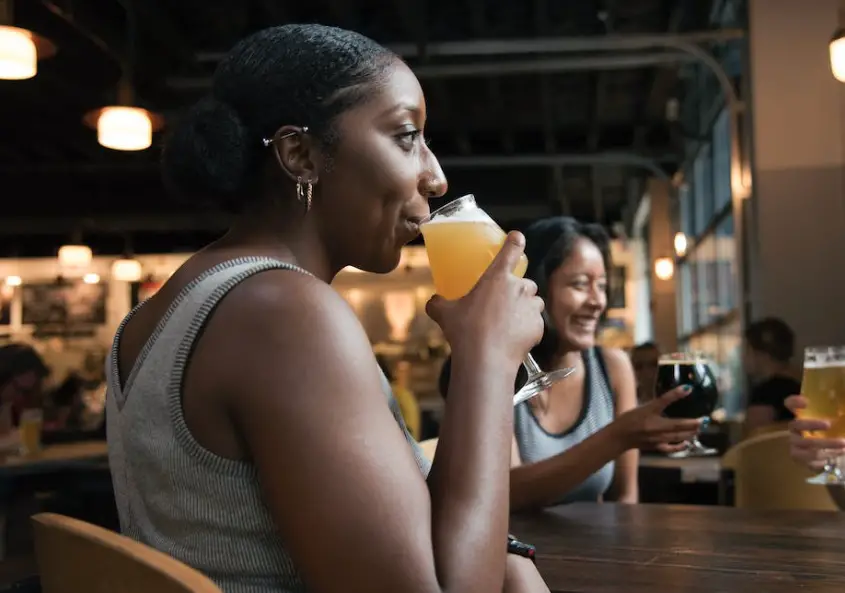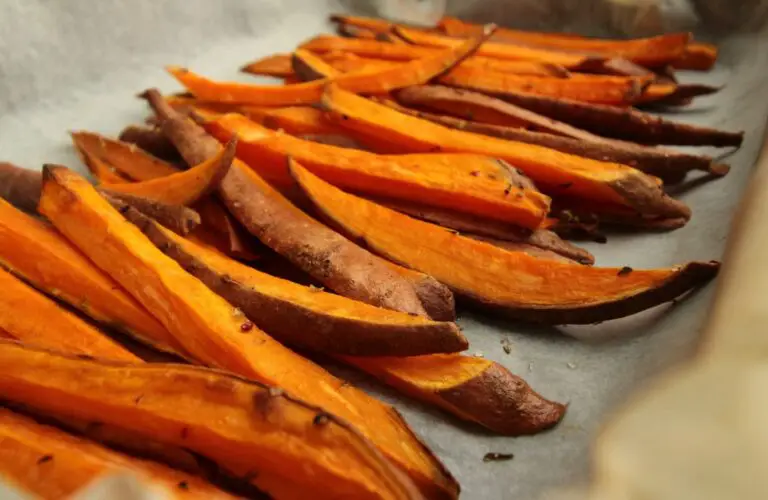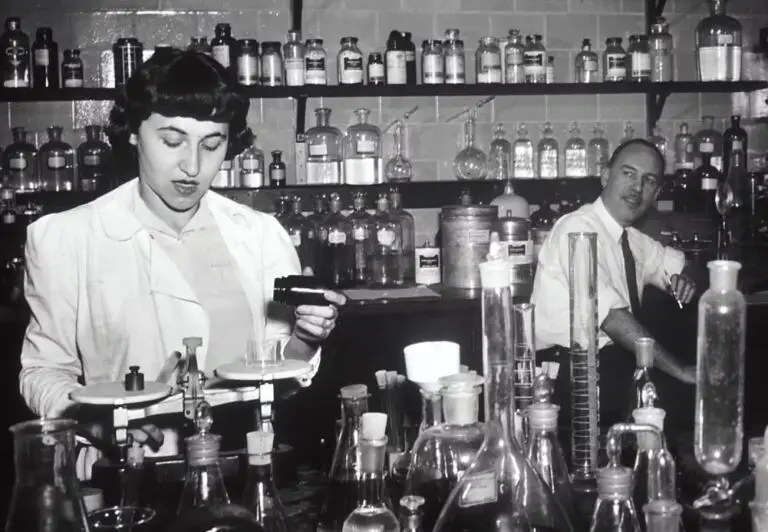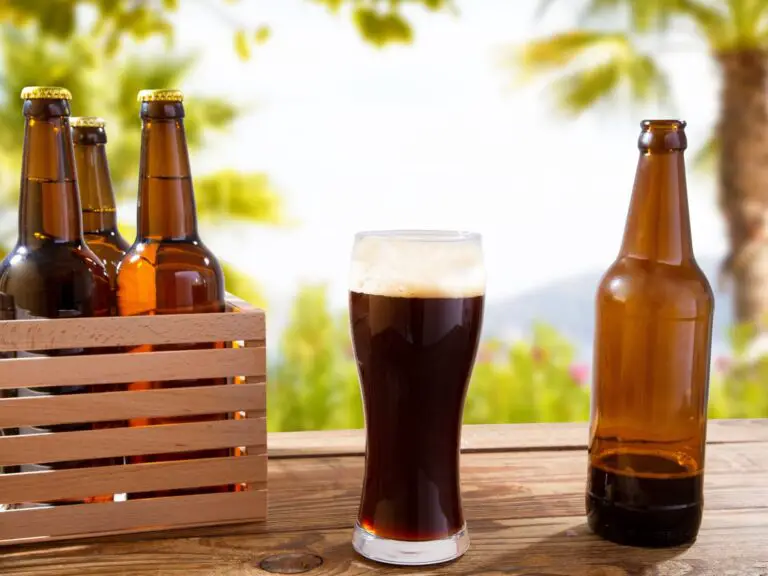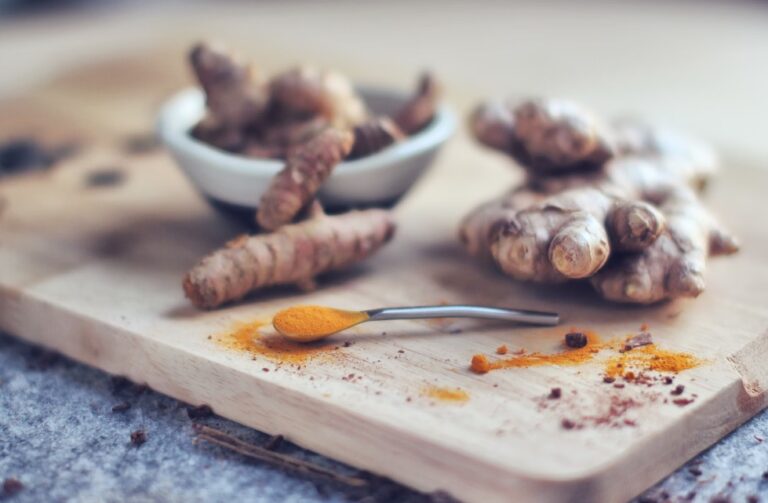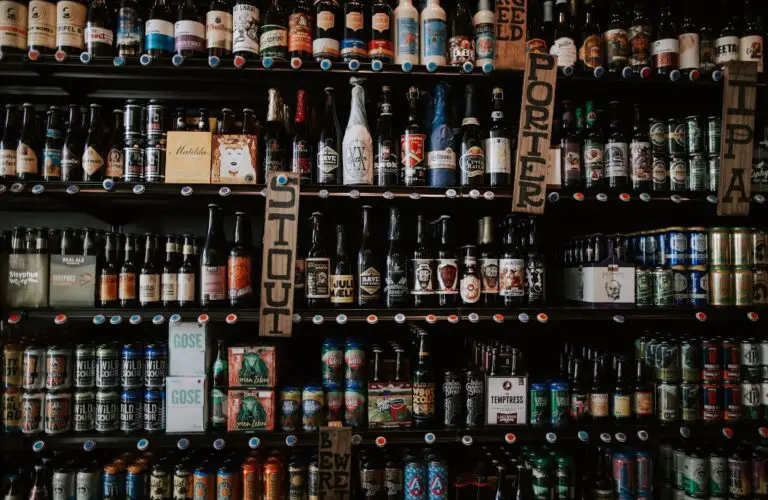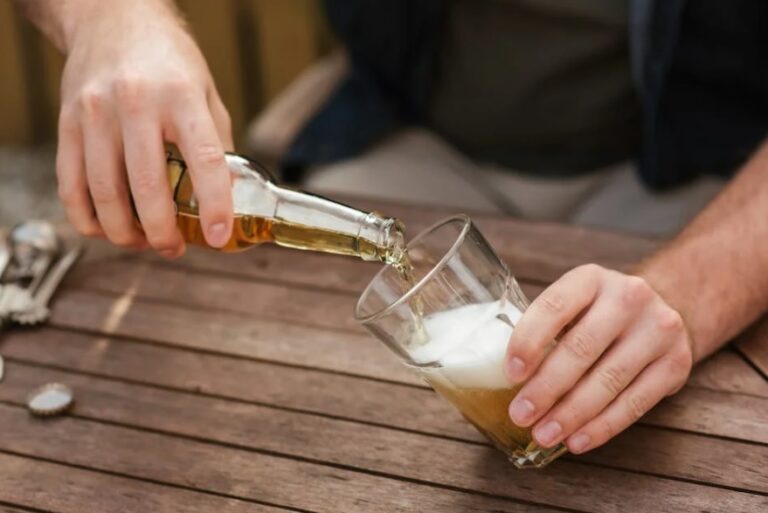Does Beer Have Estrogen?
You probably heard about this – estrogen in beer. Does beer have estrogen? Let’s see!
Yes, beer does contain estrogen, but the levels are relatively low. The key ingredient in beer, hops, contains phytoestrogens, which are plant-derived compounds with estrogen-like effects.
However, the actual amount of estrogen in beer is minimal compared to what the human body produces naturally. While it’s important to be aware of the presence of estrogen in beer, it’s unlikely to have a significant impact on hormone levels unless consumed in excessive amounts.
Let’s delve deeper!
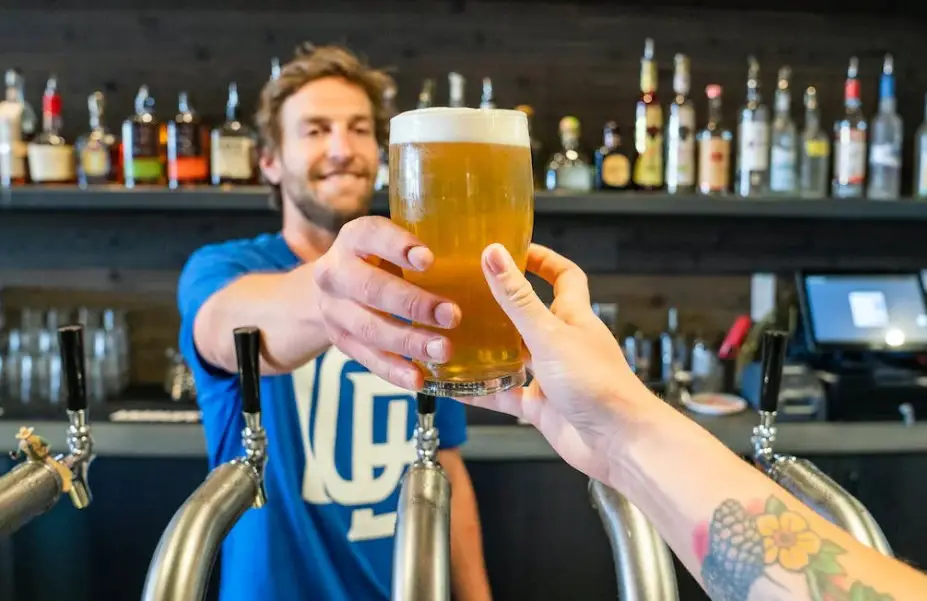
Estrogen vs. Phytoestrogens
Estrogen refers to a group of hormones that play a crucial role in the development and functioning of the female reproductive system. These hormones, including estradiol, estrone, and estriol, are produced primarily in the ovaries but also in smaller amounts in the adrenal glands and fat tissues.
On the other hand, phytoestrogens are plant-derived compounds that have a structure similar to human estrogen. They can be found in various plant-based foods, including fruits, vegetables, and grains. Phytoestrogens can interact with estrogen receptors in the human body, mimicking or blocking the effects of endogenous estrogen. Common types of phytoestrogens include isoflavones (found in soy products), lignans (found in flaxseeds and whole grains), and coumestans (found in certain legumes).
While both estrogen and phytoestrogens can influence hormonal activity in the body, their effects and potency differ. Phytoestrogens are generally considered to have weaker estrogenic effects compared to the naturally occurring human estrogens. The impact of phytoestrogens on health is a subject of ongoing research and discussion within the scientific community.
So Are Phytoestrogens a Type of Estrogens?
No, phytoestrogens are not a type of estrogen produced by the human body. Phytoestrogens are plant-derived compounds with a structure similar to estrogen, but they are not identical to the estrogens produced in the human body. Instead, phytoestrogens can interact with estrogen receptors in the body, mimicking or blocking the effects of endogenous estrogen.
Estrogens produced by the human body, such as estradiol, estrone, and estriol, are part of a group of hormones that play essential roles in the development and functioning of the female reproductive system. Phytoestrogens, found in various plant-based foods, include isoflavones, lignans, and coumestans. While both phytoestrogens and human estrogens can influence hormonal activity, they are distinct in their origin and structure.
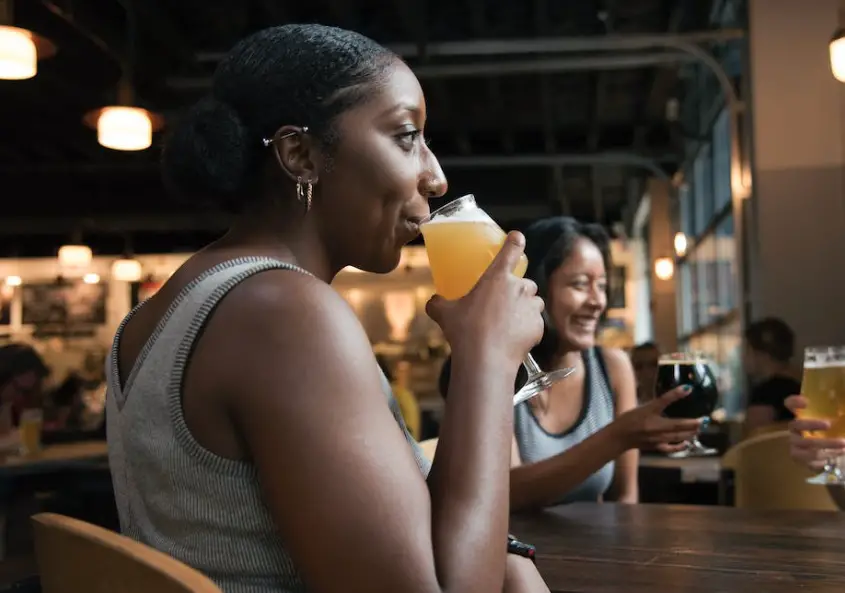
Estrogen Levels in Beer
The natural levels of phytoestrogens in beer are primarily attributed to the presence of hops, a key ingredient in the brewing process. Hops, the flowers (cones) of the hop plant Humulus lupulus, are added to beer for flavor, aroma, and as a natural preservative. They contain various compounds, including phytoestrogens.
The primary class of phytoestrogens found in hops is known as prenylflavonoids. These compounds, such as 8-prenylnaringenin, are specific to hops and have been identified as having estrogenic activity. The levels of phytoestrogens in beer can vary depending on the type of hops used, the brewing process, and the specific beer recipe.
During the brewing process, hops are typically added to the boiling wort, releasing their flavor and aroma compounds. The heat from the boiling process facilitates the extraction of various compounds from the hops, including phytoestrogens. The extent to which phytoestrogens are transferred to the final beer can depend on factors like the duration of boiling, the temperature, and the timing of hop additions.
It’s important to note that while phytoestrogens are present in beer, the levels are generally considered to be low. The impact on human health would typically be influenced by the quantity of beer consumed and the overall dietary intake of phytoestrogens from various sources. As with any dietary component, moderation is key, and beer consumption as part of a balanced lifestyle is generally considered safe for most individuals.
How Much Estrogens are in Beer?
The estrogen content in beer can vary based on factors such as the type of hops used, the brewing process, and the specific beer recipe. However, it’s important to note that the levels of estrogen in beer are generally considered to be quite low compared to the estrogen produced naturally in the human body.
The primary source of estrogen-like compounds in beer is the presence of phytoestrogens, particularly prenylflavonoids, found in hops. While these compounds have estrogenic activity, their concentration in beer is relatively minimal.
Research suggests that 8-prenylnaringenin, a specific prenylflavonoid found in hops, is one of the more potent phytoestrogens in beer. However, the actual amount can vary widely between different beer types. Studies have shown that the levels of 8-prenylnaringenin in beer are generally in the micrograms per liter range.

Hormonal Health Implications of Drinking Beer
The health implications of beer consumption in relation to estrogen levels in the body are a topic of ongoing research. While moderate beer consumption is generally considered safe for most adults, there are some considerations regarding its potential impact on hormones, including estrogen. Here are key points to consider:
Moderation is Key: Moderate alcohol consumption, including beer, is associated with certain health benefits, such as a potential decrease in the risk of heart disease. However, excessive alcohol intake can have negative health effects, including liver damage and an increased risk of certain cancers.
Estrogenic Effects: The presence of phytoestrogens in beer, particularly from hops, raises questions about potential estrogenic effects. However, the levels of phytoestrogens in beer are relatively low, and their impact on estrogen levels in the body is likely limited unless consumed in excessive amounts.
Hormonal Balance: Hormonal balance is crucial for overall health, and disruptions in estrogen levels can have implications for reproductive health, bone health, and cardiovascular health. While some studies have investigated the estrogenic effects of phytoestrogens in beer, the findings are not conclusive, and more research is needed to understand the long-term effects, especially at typical levels of beer consumption.
Individual Variability: Individual responses to the estrogenic compounds in beer may vary. Factors such as age, gender, genetics, overall health, and other aspects of an individual’s diet can influence how the body responds to phytoestrogens.
Considerations for Specific Populations: Individuals with certain health conditions, such as hormone-sensitive cancers or liver problems, may need to exercise caution with alcohol consumption, including beer. Pregnant women should avoid alcohol due to the potential risks to the developing fetus.

Misconceptions about Estrogen and Beer – What Are People Getting Wrong?
Several misconceptions exist about estrogen and beer, often fueled by incomplete information or misunderstandings. It’s essential to clarify these misconceptions to promote a more accurate understanding of the relationship between estrogen and beer:
Confusing Phytoestrogen with Human Estrogen:
Misconception: Some people may incorrectly assume that the phytoestrogens found in beer, particularly from hops, are the same as human estrogen.
Clarification: Phytoestrogens are plant-derived compounds with estrogen-like effects, but they differ structurally from human estrogens. Their impact on the body is generally weaker than endogenous estrogen.
Exaggerated Estrogen Levels in Beer
Misconception: There is a common belief that beer contains high levels of estrogen, leading to concerns about hormonal imbalances.
Clarification: While beer does contain phytoestrogens, the actual levels are relatively low. Moderate beer consumption is unlikely to have a significant impact on estrogen levels in the body.
Overestimating Hormonal Effects
Misconception: Some people may overestimate the hormonal effects of phytoestrogens in beer, assuming they lead to adverse health outcomes.
Clarification: Research on the hormonal effects of phytoestrogens, including those in beer, is inconclusive and often depends on factors such as individual health, quantity consumed, and overall diet.
Associating Beer with Hormonal Issues
Misconception: There might be a misconception that regular beer consumption leads to hormonal imbalances or disrupts the endocrine system.
Clarification: Moderate beer consumption is generally considered safe for most adults. Hormonal imbalances are more likely to result from excessive alcohol intake or specific health conditions.
Ignoring Lifestyle Factors
Misconception: Some individuals may focus solely on the estrogen content of beer without considering other lifestyle factors that contribute to overall health.
Clarification: Hormonal balance is influenced by various factors, including diet, exercise, and overall lifestyle. Singular focus on one aspect, like beer consumption, may overlook broader health considerations.
It’s crucial to base our understanding of the relationship between estrogen and beer on scientific evidence and to avoid sensationalizing or misinterpreting information.

Wrapping It Up
In conclusion, while beer does contain phytoestrogens from hops, the actual levels are relatively low. Moderate beer consumption is generally considered safe for most adults and is unlikely to have a significant impact on estrogen levels in the body.
It’s essential to dispel misconceptions and recognize that overall health is influenced by a combination of factors, including diet, lifestyle, and individual health conditions. As with any dietary choice, moderation is key, and a balanced approach to beer consumption, along with attention to overall well-being, is recommended.

I am a young architect with a passion that goes beyond blueprints… it’s beer! undertherosebrewing.com is more than just a blog, it’s a manifestation of my lifelong dream to explore, read, and learn everything about beer. Join the blog on this unfiltered and genuine adventure into the heart of beer culture. Cheers!

